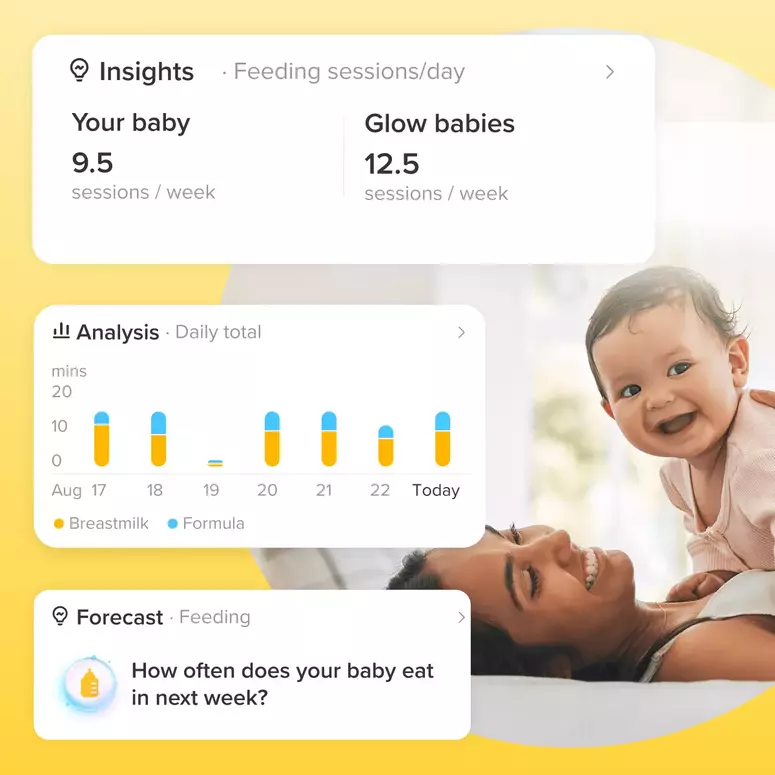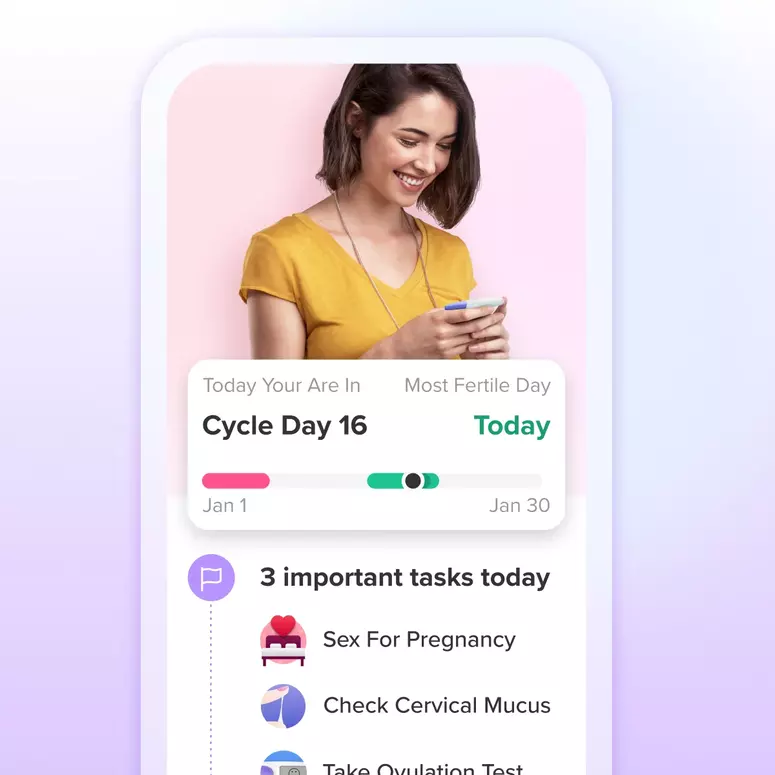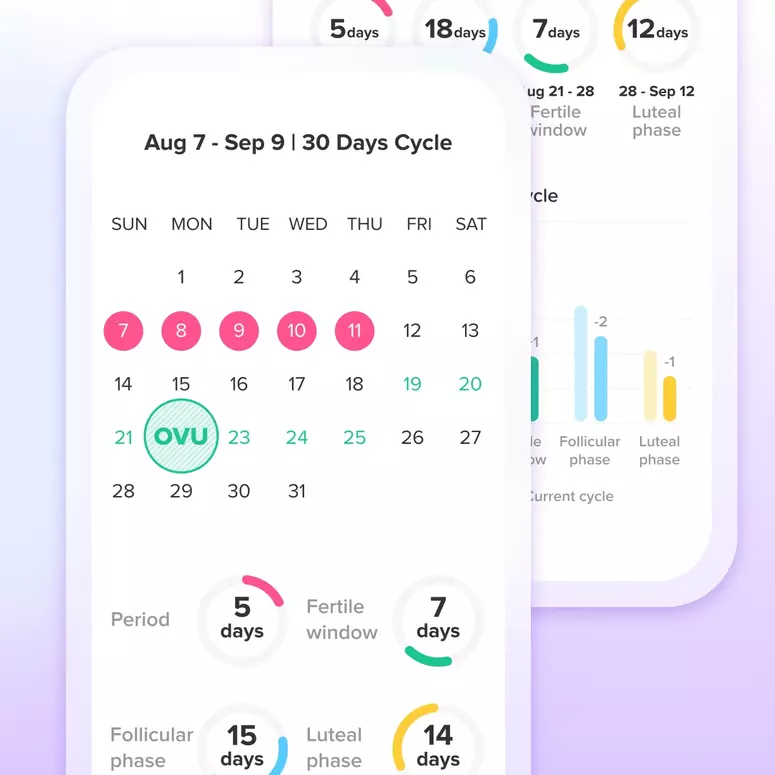Your Egg’s Epic Journey
Getting pregnant is a lot of work! Just ask your ovaries. They work hard all month to prepare an egg for its journey down the fallopian tubes toward fertilization and the uterus. But making that perfect egg is only half of the battle. Once the egg is released into the fallopian tube, it goes through a complex obstacle course to reach its goal.
Amazingly, it only takes about 20 seconds for the egg to be launched from the ovary into the fallopian tubes. This is thanks to tiny hairs, called cilia, that coat the tubes. The cilia constantly wave in the direction of your uterus like those moving walkways at airports, speeding your egg toward its destination. The cilia latch onto the ooey-gooey gel, called the cumulus oophorous, that surrounds the egg, pushing it along. While the egg itself is too tiny to see, you can actually see the sticky cumulus oophorous with the naked eye.

The cilia push your egg along until it reaches the narrowest part of your fallopian tube, the isthmus. The tight walls of this section hold your egg in place while the fertilization magic happens. While your egg has been on its journey from the ovary, if you’ve recently experienced insemination, sperm have been fighting their way up the vagina, through the coating of the cervix, up the uterus, and finally into the fallopian tube, where your egg is waiting.
The sperm’s journey isn’t over yet. To fertilize the egg, it has to burrow through your egg’s tough outer membrane, the zona pellucida (hey, a girl’s gotta be selective!) After the sperm unites with the egg, the fertilized egg hangs in the fallopian tube for three more days, storing up nourishment.
It’s all about the timing: released to the uterus too soon, and the egg won’t be developed enough to implant in the endometrium. Kept in the fallopian tube too long, and the egg may implant in the fallopian tube itself, putting you at risk for an ectopic pregnancy. When the right amount of time has passed, the isthmus opens up and the fertilized egg makes its triumphant way into the uterus, where it can implant and start growing.
It’s a delicate dance. There’s only about a 24-hour period when your egg is perfectly ripe and ready to be fertilized. Since it’s pretty unlikely you’ll have sex right at that special moment (though of course, tracking your cycle via Glow can help!), your body has a tricky obstacle course to delay the sperm’s journey to the fallopian tube. Because sperm can live up to 72 hours, this delay gives sperm a chance to arrive at the egg at just the right moment, upping your chances of pregnancy!
It’s amazing how many things have to go right for a pregnancy to happen. So next time your fertility journey has you feeling frustrated, remember that your body is doing so much amazing, intricate work everyday to help you get pregnant—and that there are many different ways fertility treatment can help ease that journey along.
Achieve your health goals from period to parenting.




